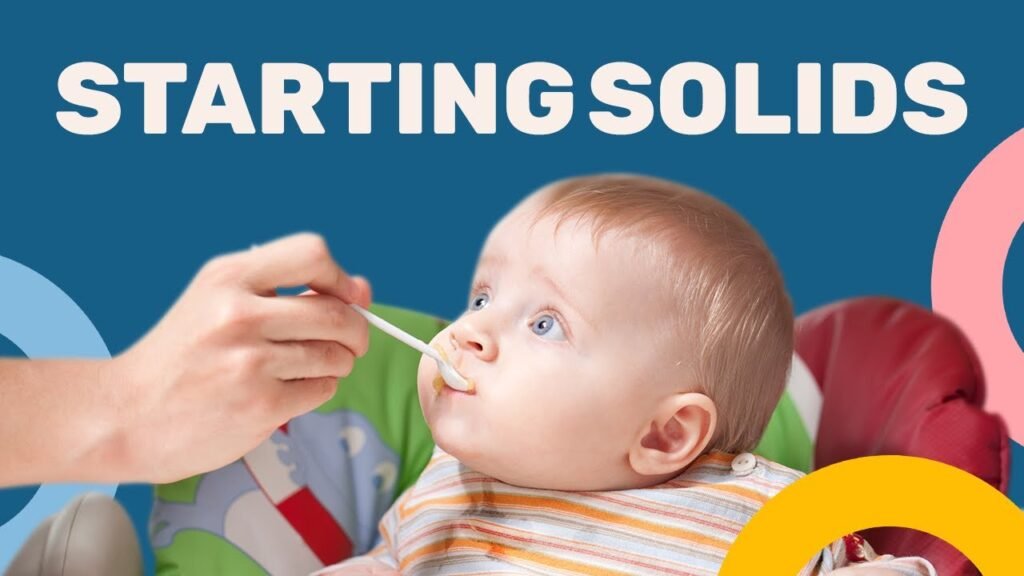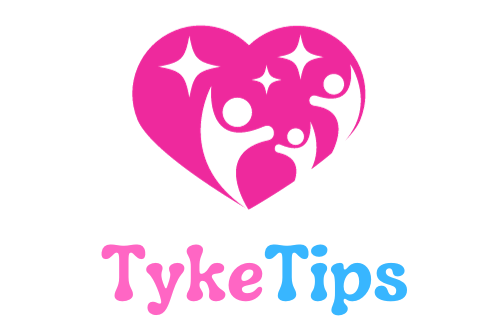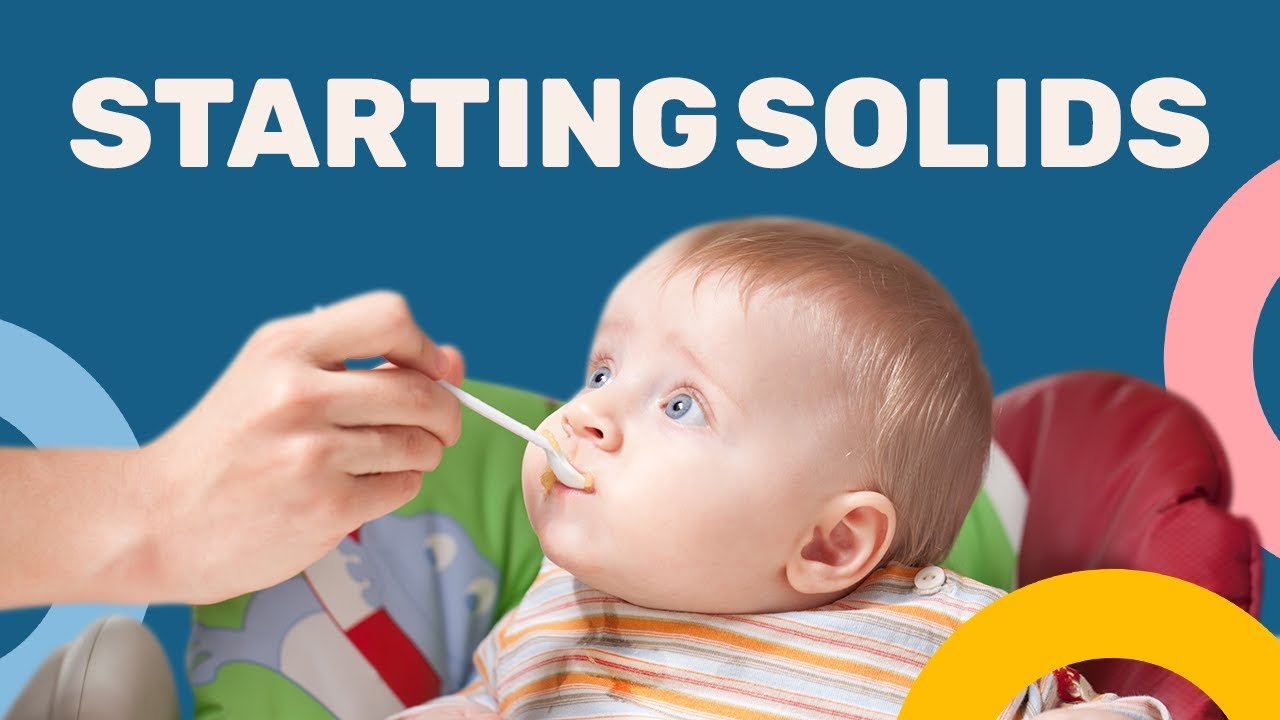When it’s time to start with introducing your baby’s first food, you’re probably going to have a lot of questions – from how to know when your baby is ready, when to start, what to start with, to how to actually do it and much more. In this video, “A Complete Guide to Starting Solids with Your Baby,” you’ll learn all of the essentials to help make the process of starting solids with your baby much easier. The video covers topics such as when to start, how to know if your baby is ready, and what method to use. It also provides tips for safety, dealing with mess, and choosing the right equipment. It is recommended to wait until your baby is around six months old and showing signs of readiness before introducing solids. Breast milk is the best food for babies and can supply all their nutritional needs. The video emphasizes the importance of choosing an approach that works best for you and your baby, and offers tips for minimizing mess and creating a positive feeding experience.

When to Start
It is recommended to wait until your baby is around six months old before starting solids. At this age, babies are more likely to have the necessary developmental skills and readiness for solid food. It is important to look for signs of readiness such as being able to sit with support, having good head control, showing interest in food, and having a reduced tongue thrust reflex. These signs indicate that your baby is ready to safely explore solid foods. It is important to avoid starting solids before four months of age as their digestive systems may not be mature enough and there is an increased risk of allergies.
Choosing an Approach
There are three general approaches to feeding: baby-led weaning, spoon feeding, and a combination approach. Baby-led weaning involves offering soft finger-sized pieces of food that the baby can pick up and put into their mouth independently. Spoon feeding is the more traditional approach where the parent feeds the baby purees or mashed food with a spoon. The combination approach is a mix of spoon feeding and self-feeding with finger foods. All of these approaches are acceptable, and it is important to choose the approach that you are most comfortable with.
Equipment Needed
To start solids with your baby, you will need some essential equipment. A high chair is recommended for feeding instead of sitting the baby on your lap. This provides a safe and comfortable space for your baby to eat and allows you to easily observe them for cues of fullness and safety. An open cup is necessary, but it is important to choose a small cup that won’t break or shatter easily, as your baby may accidentally drop it. Bowls or plates are also needed, and if you are practicing baby-led weaning, it is helpful to choose ones with a rim to make it easier for your baby to pick up food. If you plan on using a spoon, choose a small spoon with smooth edges and a shallow bowl made from silicone.
Tips for Safety and Dealing with Mess
Starting solids can be messy, but there are some tips to minimize the mess. Using a splash mat underneath the high chair or chair can make clean-up easier. Bibs or smocks are also helpful in protecting your baby’s clothes from food spills. Keep washcloths nearby to clean your baby’s face and hands after the meal, but it is important not to use them during the meal as it can be a distraction. Minimize distractions during mealtime by turning off the television and other devices to create a calm and focused environment.
Introducing Solid Food
When introducing solid food, it is recommended to start with once a day initially. This can be after a milk feed or at a separate time, depending on what works best for you and your baby. Choose a calm and relaxed time of day, such as in the morning or midday, when your baby is not too tired or hungry. It is also helpful to have someone with you during mealtime to provide support and assistance. Start with a small amount of food, such as one teaspoon or a small piece, and gradually increase the amount according to your baby’s appetite.
Baby’s Hunger and Fullness Cues
Babies are responsive to their own needs and have their own internal cues for hunger and fullness. It is important to pay attention to these cues and respond accordingly. Stop giving your baby more food when they show signs of being full, such as turning away from the food or closing their mouth. Avoid force-feeding, as this can create negative associations with food and mealtimes. Remember, parents are responsible for choosing where, what, and when to feed their baby, but the baby decides how much to eat. It is normal for a baby’s appetite to vary from meal to meal and day to day.
Parent’s Role Vs. Baby’s Role
Parents have a role in choosing where, what, and when to feed their baby. They provide a safe and comfortable environment for meals and offer a variety of nutritious foods. On the other hand, babies have their own role in deciding how much to eat. They have internal cues for hunger and fullness and should be allowed to self-regulate their food intake. It is important for parents to trust their baby’s appetite and not pressure them to eat more than they want to. This helps promote a positive relationship with food and prevents the development of feeding issues.
Monitoring Baby’s Growth and Development
As long as your baby is developing and growing well, it is likely that they are getting enough nutrition from the solid foods they are eating. Regular check-ups with the pediatrician can help monitor your baby’s growth and development. If you have any concerns about your baby’s eating habits or growth, it is important to discuss them with your healthcare provider.
Ensuring a Positive Relationship with Food
It is important to foster a positive relationship with food in your baby from the start. Encouraging a love for food and preventing fussiness can be achieved through various strategies. There is a recommended video with seven tips on how to ensure a positive relationship with food. This video can provide valuable insights and practical advice to help you navigate this important aspect of your baby’s development.
Additional Parenting Tips
In the next week’s video, more parenting tips and tricks will be shared. Parenting is a continuous learning process, and it is always helpful to gather as much information and support as possible. Stay tuned for the upcoming video, which will provide valuable insights and practical advice on various parenting topics.

